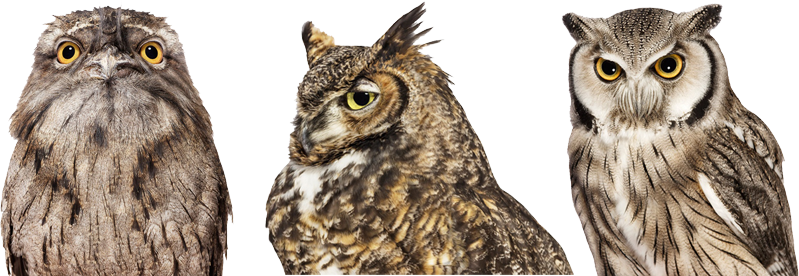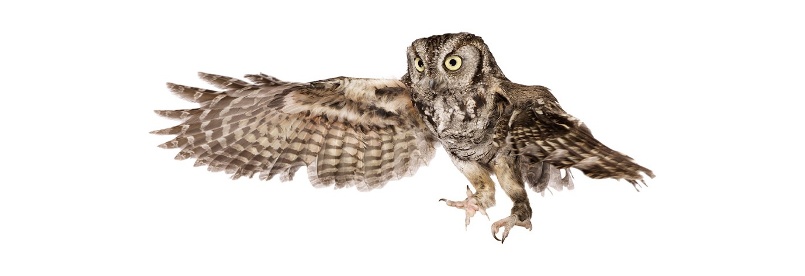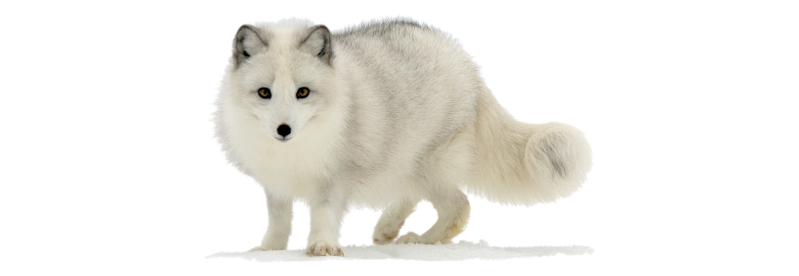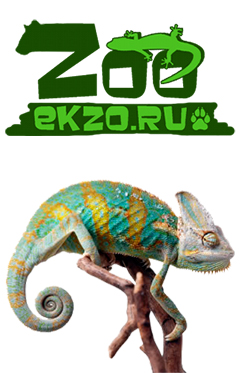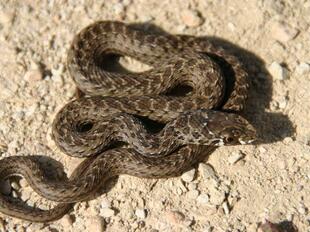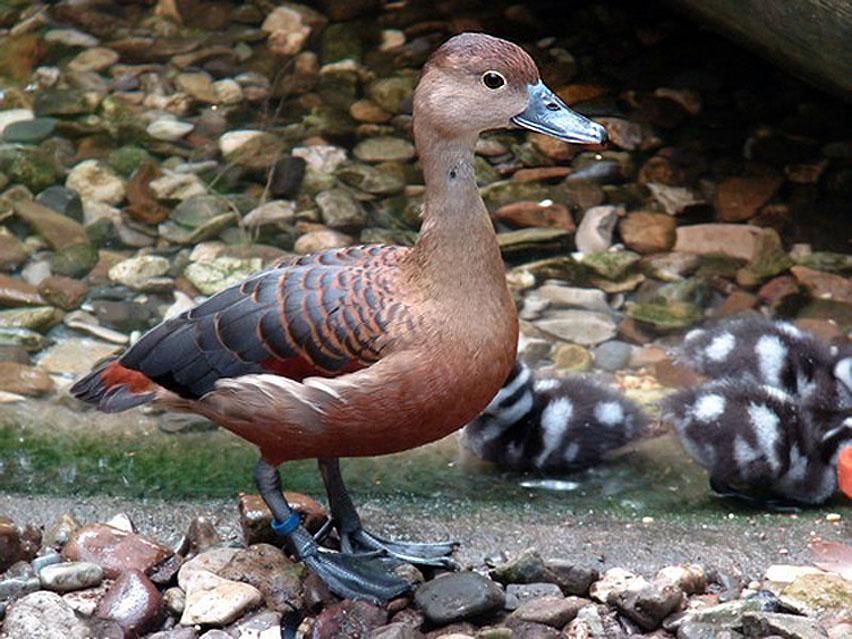
Lesser whistling duck, orIndian whistling duck, orLesser whistling teal(Dendrocygna javanica)
Phylum —chordata
Class — aves
Order — anseriformes
Family — anatidae
Genus –dendrocygna
Appearance
This chestnut brown duck is confusable only with the fulvous whistling duck (Dendrocygna bicolor) but has chestnut upper-tail coverts unlike the creamy white in the latter. The ring around the eye is orange to yellow. When flying straight, their head is held below the level of the body as in other Dendrocygna species. The crown appears dark and the sexes are alike in plumage.
Size–42 cm, wingspan – 70-74 cm, weight – 550-600 g.
Habitat
This is a largely resident species distributed widely across lowland wetlands of the Indian subcontinent and Southeast Asia. The species also occur on islands in the region including the Andamans, Nicobars and Maldives. They sometimes make local movements in response to weather and changes in water availability and the more northern birds winter further south.
Diet
Lesser whistling ducks feed mainly on plants taken from the water as well as grains from cultivated rice apart from small fish, frogs and invertebrates such as mollusks and worms.
Reproduction
Courtship involves the male facing the female and dipping and raising its bill in the water and swimming around the female. They breed during the monsoon or rainy season and may vary locally in relation to the food availability. The nest site may be a tree hole lined with twigs and grass or built in the fork of a large tree, sometimes reusing an old nest of a kite or heron or even on the ground.
The clutch varies from 7 to 12 white eggs that are incubated by both the parents. The eggs hatch after about 22–24 days. More than one brood may be raised in a single season. Young birds may sometimes be carried on the back of the parents.
In captivity
Lifespan can reach 20 years.
Ducks of this genus are social species that get along peacefully with representatives of their own genus and those ones of other genera in large mixed groups on the same site, so it is possible to keep birds of different species in one spacious aviary outside the breeding season. It is only advisable to make sure that these are ducks of approximately the same size, since larger ones can make smaller ones go away from the feeder and drinker.
Ducks feel great on the territory where there are tall grasses, shrubs and trees and a reservoir at least 1 m deep, the size of which allows them to swim. The area of the fenced yard should correspond to the number of birds contained, providing it with the opportunity to retire and hide. Small shelters on the top of the open area in the form of sheds, huts and booths are necessary as shelters from birds of prey, bad weather, as well as for overnight stays. Building aviaries, you should take into account the desire of the bird to fly. Owners usually cover them from above or make regular trimming of the wings.
In winter, ducks, being mainly tropical inhabitants, need reliable protection from the cold. Capital buildings with deep straw bedding or a thick layer of sawdust will protect the bird from hypothermia and frostbite in the winter. Depending on the severity of the climate, it is necessary to provide a variety of ways to warm up the winter room when the temperature drops from 0 оС and below.
Wood ducks are mostly monogamous and nest in colonies, but during the breeding season it is necessary to settle birds of different species to avoid hybridization. Mixing of species occurs rarely, and only when there is an excess of sexually mature males that do not have a permanent pair. On the nesting site, various locations are organized for laying eggs: boxes and houses on the ground,which also can be raised 1 meter or higher from its surface.
It is quite simple to provide full nutrition to wood ducks in captivity. A variety of grain mixes and pellets are suitable for feeding them. Ducks need drinkers with a sufficient amount of clean water, especially if there is not even a small pond for swimming.
Ducklings grow well when the keepers start giving them standard feeds, and enjoy eating chopped lettuce or spinach leaves. Artificially bred сhicks sometimes do not eat well during their first days, so keepers add boiled eggs or mealworms to their food. It is important to provide pairs of ducks with a brood with the opportunity to graze on fresh grass or give access to shallow reservoirs overgrown with aquatic vegetation (duckweed, reeds, etc.). Such conditions of keeping contribute to better preservation and growth of young birds. Daily bathing under the control of adult birds is safe.
 Russian
Russian
 English
English








